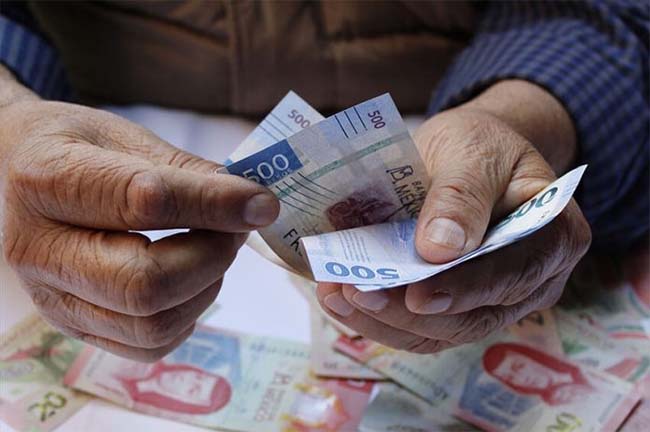by the El Reportero‘s wire services
The Mexican peso appreciated to its strongest level against the US dollar in seven years on Monday, but weakened slightly on Tuesday.
The peso gained around 0.9 percent on Monday to trade at 17.42 to the US dollar, its strongest level since May 2016.
When markets closed on Tuesday, one greenback was trading at 17.48 pesos, according to the Bank of Mexico (Banxico). Even with the slight decline, the peso is almost 11 percent stronger than it was at the start of the year.
“The Mexican peso continues to go from strength to strength. Banxico’s policy of matching the Fed hiking cycle is really paying dividends,” wrote Chris Turner, ING’s global head of markets, in an article posted to the bank’s website.
“And the peso stands to be the prime beneficiary of nearshoring trends,” he added, referring to the relocation of companies to Mexico to be close to the United States market.
At 11.25 percent, Banxico’s benchmark interest rate is in fact well above the United States Federal Reserve’s 5 percent-5.25 percent rate, a situation seen as favorable for the peso.
Turner wrote that “Banxico’s maintenance of a 600-650 basis point spread above Fed rates has helped USD/MXN volatility levels fall and [allowed] the peso [to] stand out as the world’s preferred carry trade currency.”
He noted that the board of Mexico’s central bank will meet this Thursday to discuss monetary policy, and said that “one last hike” to 11.5 percent is possible before the tightening cycle is paused or stopped.
Carlos González, director of economic analysis at the Monex financial group, said that the possibility that the Fed – which raised rates earlier this month – has already reached the end of its tightening cycle has benefited the peso.
Omar Larré, co-founder of investment management company Fintual, said that the “attractive level” of interest rates in Mexico and the “perception” that the peso is “low risk” have contributed to the appreciation of the Mexican currency.
The high level of remittances flowing into Mexico – almost US $14 billion in the first quarter of 2023 – is also a positive for the peso, while President López Obrador has pointed to his government’s economic management, including its predilection for austerity, as a factor in the currency’s current strength.
However, as the news agency Reuters reported, some analysts attribute the peso’s recent gains to a weakening of the greenback.
Luis Gonzali, a portfolio manager with investment firm Franklin Templeton, said that a decline in the value of the US dollar – most recently due to the possibility that the U.S. Congress won’t approve an increase to the United States’ debt ceiling before the end of May – has benefited the peso.
“A big part of [the peso’s strength] is the dollar’s weakness,” he said.
However, Gonzali also acknowledged that incoming investment flows and Mexico’s healthier finances compared to those of other emerging market economies have benefited the peso.
Gabriela Siller, director of economic analysis at Mexican bank Banco Base, said that the peso could continue appreciating to 17.05 pesos to the US dollar in the near term due to the expectation that the Fed won’t continue lifting interest rates.
That expectation causes capital to move out of the United States to other countries, including Mexico, she said.
“However, in the medium term the peso could moderately depreciate … [as a result of] lower flows of dollars into the country due to the possibility of a recession in the United States,” Siller said.
With reports from El Financiero, El Economista and Reuters.



